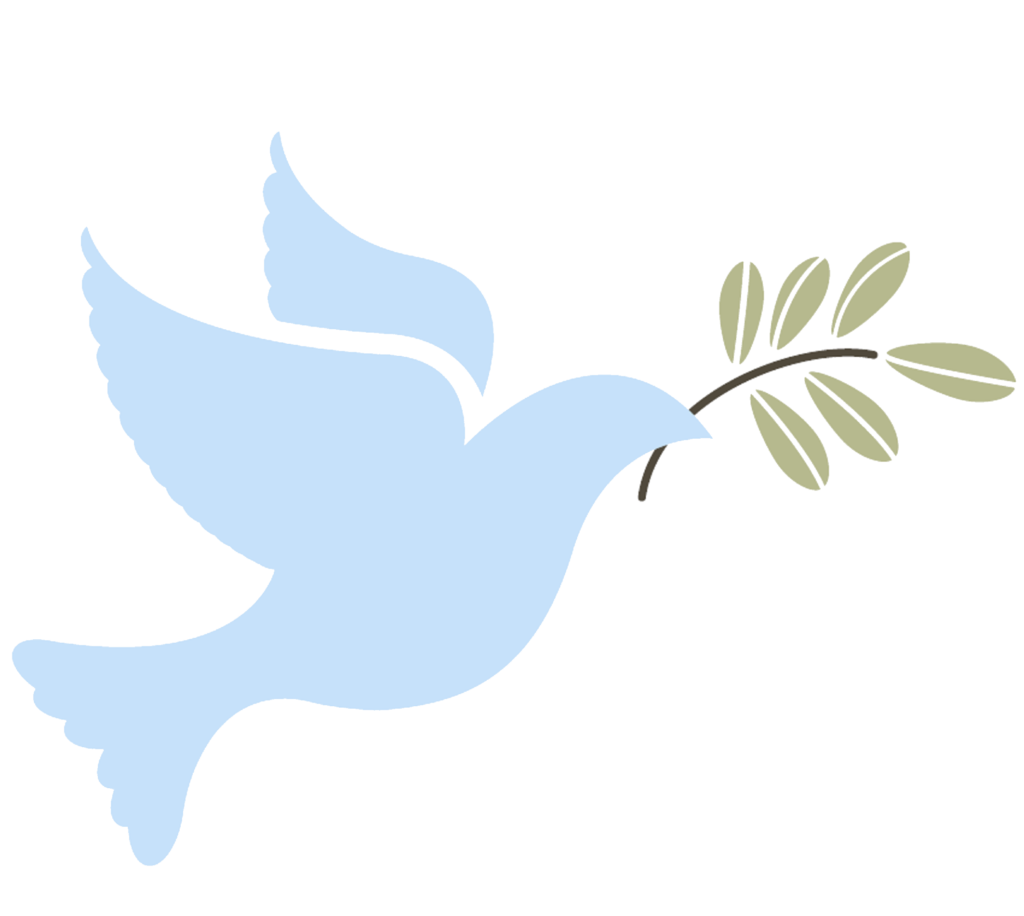
Council for Global Social Advocacy
Charity as a Business Concept
Care to Change the World
Introduction
Within the Council for Global Social Advocacy (CGSA), Charity as a Business (CaaB) is not only a policy proposition — it is a cornerstone of a new economic narrative. As the educational and advocacy platform of the Global Social Equity Alliance (GSEA), CGSA serves as the intellectual space where future changemakers, policy leaders, and social entrepreneurs are equipped to rethink what prosperity and justice can mean in practice. CaaB plays a critical role in that learning journey.
In an era where conventional capitalism often fails to address structural inequality, CaaB offers a principled yet practical framework: generate profit, but do so within ethical boundaries and with a clearly defined societal return. For CGSA, this framework represents more than a theory — it is a working model, already applied across regions, sectors, and initiatives.
By championing CaaB at global policy tables — from UN side events to regional summits — CGSA ensures that equity-based models gain visibility, credibility, and legitimacy. The advocacy does not end with high-level discourse. CGSA actively pushes for the incorporation of CaaB principles in procurement law, SME support mechanisms, tax regimes, and social funding reforms.
This makes CGSA not just a think tank, but a policy-shaping force. Through research, partnerships, and real-world application, it transforms CaaB from a compelling idea into a scalable tool for systems change.
About the Model
Charity as a Business (CaaB) is built on a simple but powerful idea: businesses don’t have to choose between making a profit and making a difference. In fact, when done right, the two can strengthen each other.
At the core of the model is what we call the Triple Purpose. First, every member contributes to real, measurable social impact—supporting people and communities who need it most. Second, businesses benefit financially by gaining access to valuable services that help them grow and operate more efficiently. And third, the model fosters a sense of community—among members, partners, and the people they serve—creating a network of businesses that support each other and share a common purpose.
This isn’t charity in the traditional sense. It’s a new way of doing business—where helping others is part of the business model itself.
How It Works
When a business joins the CaaB network, it becomes part of something bigger. Each member pays a monthly fee, and in return, they receive a carefully selected package of services—things like branding support, accessibility consulting, and digital tools. These services are worth far more than the membership fee alone, making it a smart investment from day one.
But here’s where it gets special: the surplus from those fees doesn’t go into someone’s pocket. It goes into a foundation that funds social initiatives—projects chosen by the members themselves. That might mean daily food handouts during the winter, support for local families, or programs that help people find work and dignity.
And because the foundation publicly promotes the businesses that make these efforts possible, members gain something else too: visibility. Customers see who’s making a difference—and they choose to support those businesses. Over time, this creates a ripple effect. More customers. More members. More impact.
It’s a cycle where everyone wins—and it’s already working.
Real-World Impact
The Charity as a Business model isn’t just a theory—it’s already changing lives. One powerful example comes from a winter initiative where member fees funded daily food handouts for homeless individuals, students, and struggling families. This ran from October through April, offering not just meals, but dignity and warmth during the coldest months.
But the impact didn’t stop there. Local restaurants and hotels that donated their surplus food saw something unexpected: more locals began choosing to eat and spend time there, knowing these businesses were giving back. That shift in loyalty led to the creation of new jobs—on average, one and a half positions per business in roles like waitstaff, kitchen help, and cleaning. It’s a clear sign that when businesses care for their communities, the communities respond in kind.
This is what CaaB is all about—real, measurable change that benefits everyone involved.
Why Join?
Joining the CaaB network means becoming part of a movement that’s reshaping how business is done. As a member, you gain access to valuable services that help your business grow—branding, digital tools, accessibility consulting, and more—all bundled into one affordable monthly fee.
But more than that, you become a Changemaker. You’re not just helping people—you’re inspiring other businesses to follow your lead. Your success becomes a story others want to be part of. And in a world where customers are increasingly making conscious choices, being part of CaaB gives you a clear edge.
It’s not just good for business. It’s good business.
Who Supports Us
The CaaB model has earned the trust and support of major institutions that recognize its potential to drive inclusive development. Organizations like COMESA, the African Development Bank (AfDB), UNDP, and FAO have all seen how this model activates the private sector in ways that align with global goals—from the UN Sustainable Development Goals to Agenda 2063.
Their support isn’t just symbolic—it’s a sign that CaaB works, and that it’s ready to scale. Automatically this reflects to our members, who joins us and works with us for the same reasons.